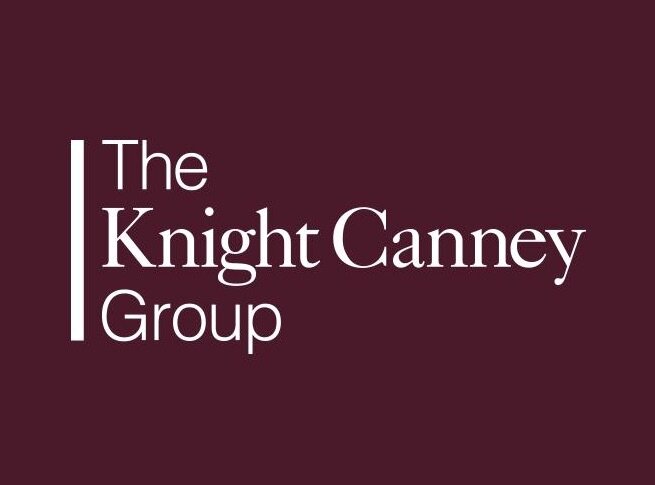One of the traditionally best routes to positive brand identity, media exposure, and best of all—public trust, is if the founder, CEO, or public face of an entity you represent is, or has the potential to be, what we call a “thought leader.”
“Thought leader” is a jargon-y term, somewhat overused, but succinctly descriptive. A thought leader is a trusted expert in his/her field, often called upon to discuss innovation, best practices, or even the future of said field.
For example, Elon Musk is a thought leader in electric vehicles and space travel; Chris Brogan is a thought leader in marketing and social media; Douglas Brinkley and Doris Kearns Goodwin are thought leaders on American presidents.
Which brings us to the topic of “fake news.” To be clear, fake news isn’t new. While it is exacerbated by the immediacy—and the anonymity—of the Internet, fake news is not a product of the Internet. From Anecdoa to pasquinades to canards, fake news has been with us pretty much since humans could whisper and wink.
In the past, however, we all recognized the difference between stories about Sasquatch reigning terror across the Yukon and the Taliban reigning terror across Afghanistan. Now, we have honest-to-God fabrications finding their way into the news cycle, as well as people with traditionally venerated bully pulpits claiming any news they don’t like is fake—regardless of who reported it or how un-fake it really is.
Setting aside that entire mess, let’s focus for a moment on what that means for PR professionals. We spend much of our time trying to maintain or promote clients as thought leaders in media outlets that once were trusted sources but now are barraged with charges that they are purveyors of fake news.
Entering into any public conversation these days is not for the faint of heart. The topic could be “The Beauty of Roses” and before you can say “stop and smell them,” someone has posted that “Roses are a faux romantic symbol of the Princess trope foisted on young girls as a means of oppression. Boycott Roses!” And so it goes.
In a recent industry survey, 91% of journalists believe the public trusts them less in 2017 than in years past. With the public so angry and media under relentless attack, will people see our clients as reputable thought leaders or as suspicious co-conspirators with alleged fake news outlets? Should we still try to have our clients featured as thought leaders in media outlets?
Yes.
But let’s not stop there. It’s still a good thing for clients to be quoted in media coverage of a topic that’s germane to their expertise, thereby achieving third party validation of their role as thought leaders. The key is to be selective in where you place them.
Look for media outlets that retain the public trust, that maintain “standards and practices,” and that maintain clear lines between reportorial, editorial, and sales.
Look for bloggers who are themselves recognized leaders in their area of expertise.
Avoid outlets with a known political bent (unless that’s your audience).
Avoid outlets that are “pay to play.”
The other key is to be prolific.
Create think pieces (beyond blogs) for the company’s website and newsletters.
Write articles for the company’s LinkedIn page.
Create “white papers” on issues concerning your clients’ industries and professions.
As we’ve seen, anyone can dispute facts they don’t like. That doesn’t make those facts any less real. If your clients have something valuable to say, help them say it and help them find the right audience.
